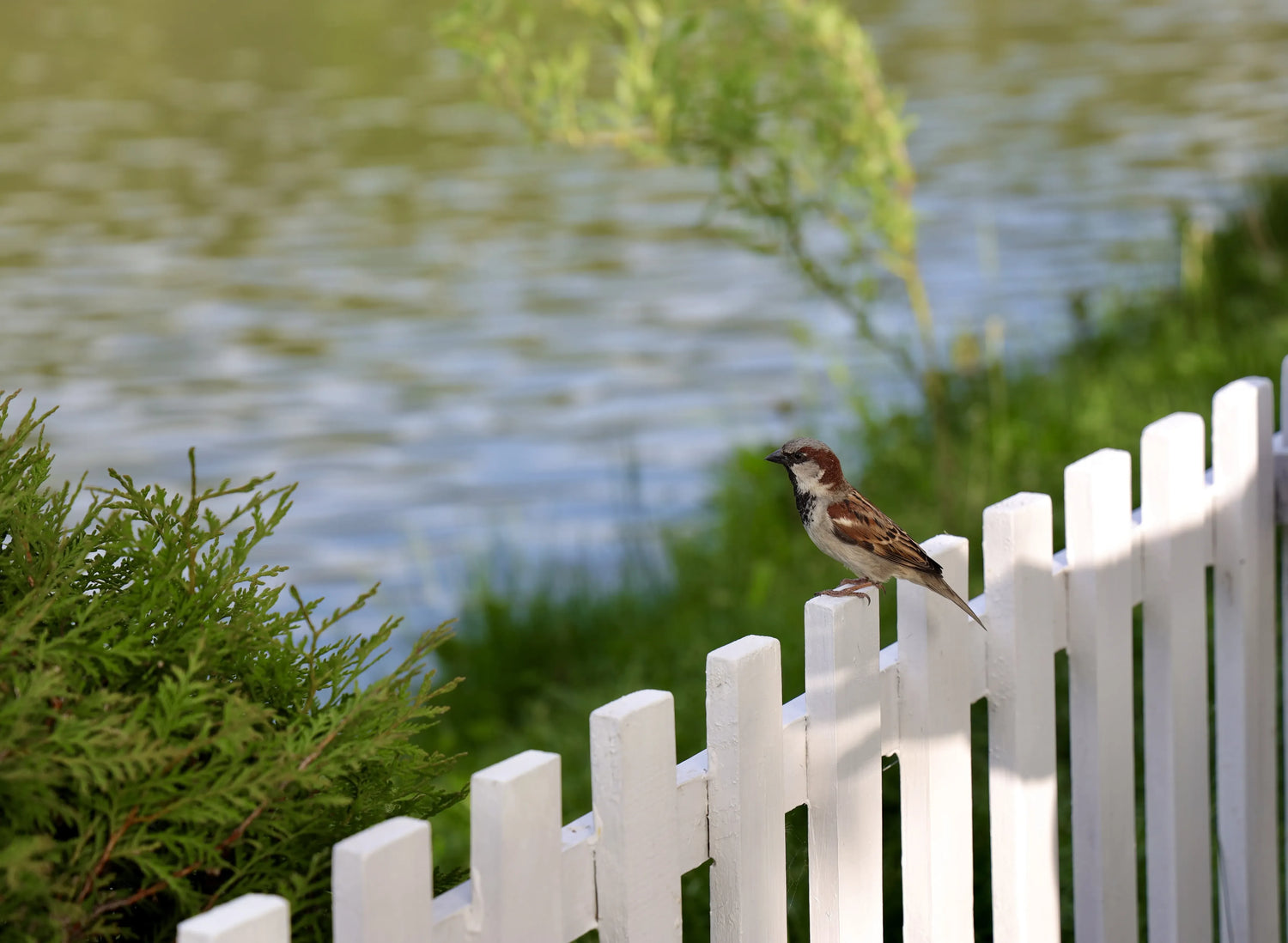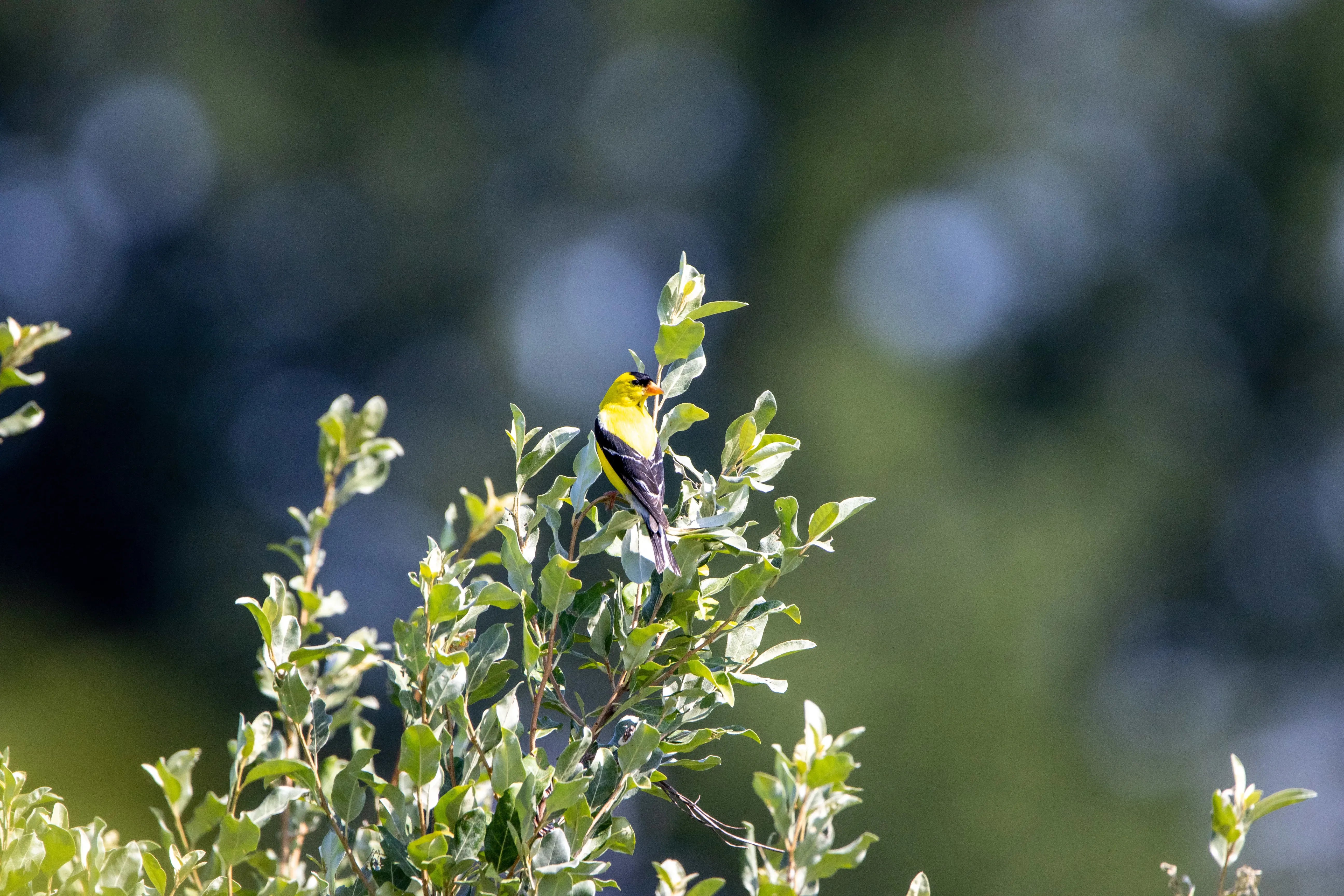Have you ever noticed a bird standing completely still on your porch, balcony, or in your yard—looking lost, calm, or even slightly confused? It’s a moment that can feel oddly magical… or a little worrying.
Is the bird hurt? Is it resting? Should you help—or leave it alone?
Let’s uncover what it means when a bird is motionless near your home, and what you can do (safely) in response.
🧐 Common Reasons Why a Bird Might Just Be Standing Still
1. It’s Stunned After Hitting a Window
One of the most common causes is a window collision. Birds often mistake reflections for open sky, and the resulting impact can leave them temporarily dazed.
What to look for:
- The bird is upright but motionless.
- It breathes heavily or blinks slowly.
- No visible bleeding or broken wings
What to do:
Place the bird gently in a ventilated box with a towel inside. Keep it somewhere quiet and dark. After 30–60 minutes, try releasing it. If it flies away—great! If not, contact a wildlife rehabilitator.
2. It’s a Fledgling Learning to Fly
Young birds (called fledglings) often leave the nest before they’re good flyers. They may hop around, freeze in place, or just rest for long periods.
Don’t panic!
Their parents are usually nearby, watching and feeding them—even if you can't see them.
What to do:
- Keep pets and children away.
- Don’t touch unless it’s in immediate danger (e.g., near a road or predator).
- Observe from a distance for 1–2 hours.
3. It’s Taking a Migratory Rest
Birds on long migration journeys often stop to rest wherever they find a safe perch. They may look sleepy or disoriented—but they’re just tired travelers.
What to do:
Give them space and time. Don’t try to feed or move them. They’ll likely leave within a few hours.
4. It May Be Sick or Injured
If the bird appears fluffed up, lethargic, or unresponsive for several hours, illness or injury could be the cause.
Signs to watch for:
- Blood or drooping wings.
- Unable to fly even after resting.
- Tilted head or balance issues.
What to do:
Call your local wildlife rehab center. Use gloves and a box with small air holes only if instructed to transport it.
🧠 Quick Insight: What a Bird’s Body Language Tells You
| Body Language | Meaning |
|---|---|
| Fluffed feathers | May be cold or sick |
| One leg tucked up | Relaxed |
| Half-closed eyes | Resting, not always sick |
| Tail flicking or wing droop | Could indicate stress or injury |
What Not to Do:
❌ Don’t try to feed it—especially milk or bread (bad for birds!).
❌ Don’t assume it’s abandoned—parent birds are often nearby.
❌ Don’t bring it indoors unless instructed by a professional.
❌ Don’t keep it as a pet—it’s illegal in many places.
🧰 Quick Help Chart: What Should You Do?
| Situation | Action |
|---|---|
| Stunned bird | Place in box, let rest, release after 30–60 min |
| Fledgling | Observe, don’t touch, keep pets away |
| Sick/injured bird | Call wildlife rehab; handle only if advised |
| Migratory rest | Leave alone, offer peace and quiet |
🏡 Want to Attract (and Protect) Birds?
If birds often visit your home, it’s a sign your space is welcoming—but you can make it even better for them:
- Install a bird feeder camera to watch without disturbing.
- Use decals on windows to prevent collisions.
- Add fresh water sources and shaded spots for rest.
👉 A little setup can help birds feel safe—and let you enjoy unforgettable moments with your feathered visitors.
🙋 Frequently Asked Questions
Q: How do I know if a bird is injured or just stunned?
A: A stunned bird may recover in 30–60 minutes if uninjured. Signs of injury include visible wounds, drooping wings, or failure to fly after rest.
Q: Should I pick up a bird that’s just sitting still?
A: Only if it's in immediate danger (e.g., traffic, predators). Otherwise, it’s best to keep a safe distance and monitor.
Q: Can I keep a baby bird I find alone?
A: No. In most cases, the parents are nearby. It’s illegal in many areas to keep wild birds without a license.
📬 Final Thought
Seeing a bird just standing at your home can be touching—or a little worrying. But with the right response, you can give that bird the best chance to recover, rest, or return to the wild where it belongs. In a world where wildlife often struggles to find safe spaces, your garden or porch might just be the perfect sanctuary.




Leave a comment
All comments are moderated before being published.
This site is protected by hCaptcha and the hCaptcha Privacy Policy and Terms of Service apply.